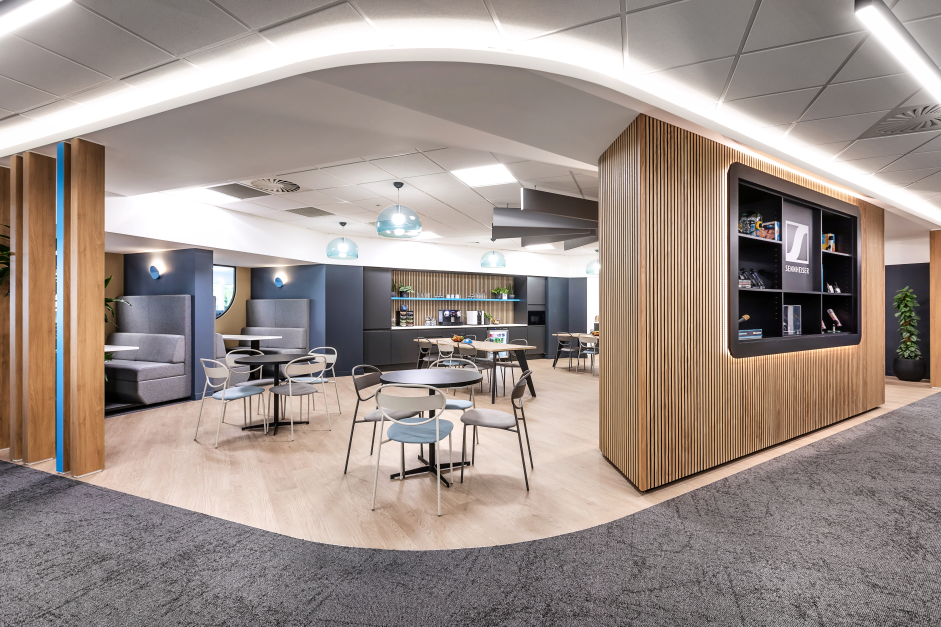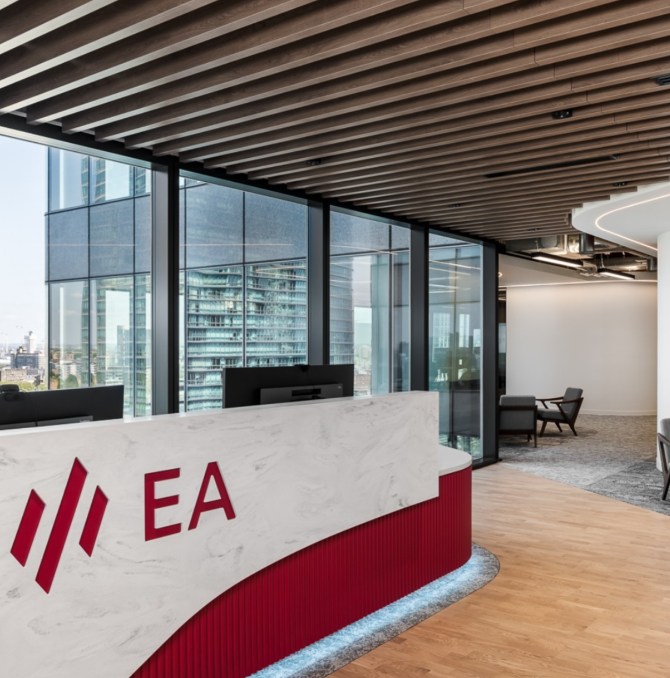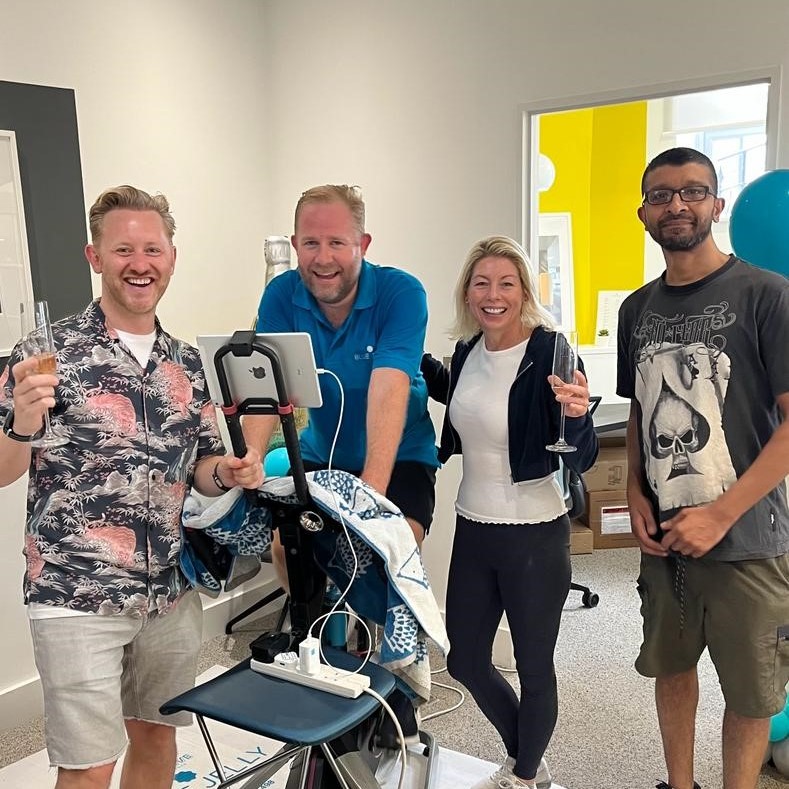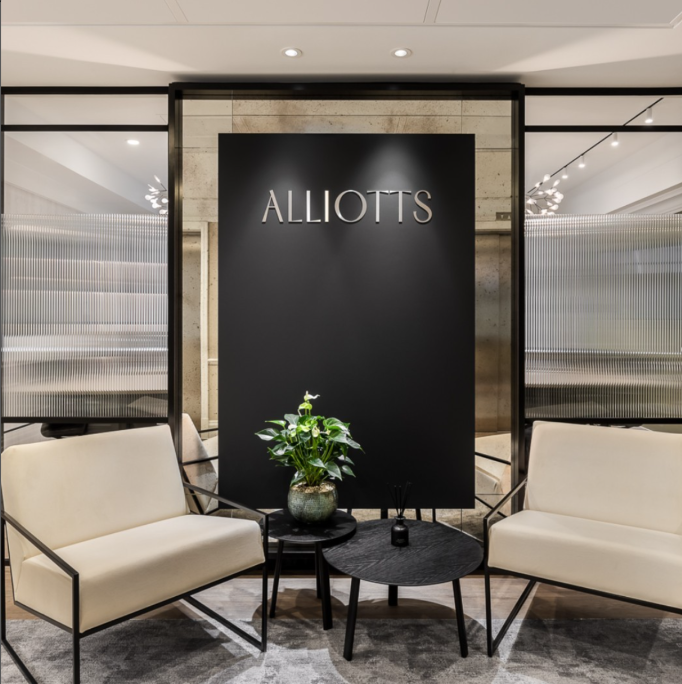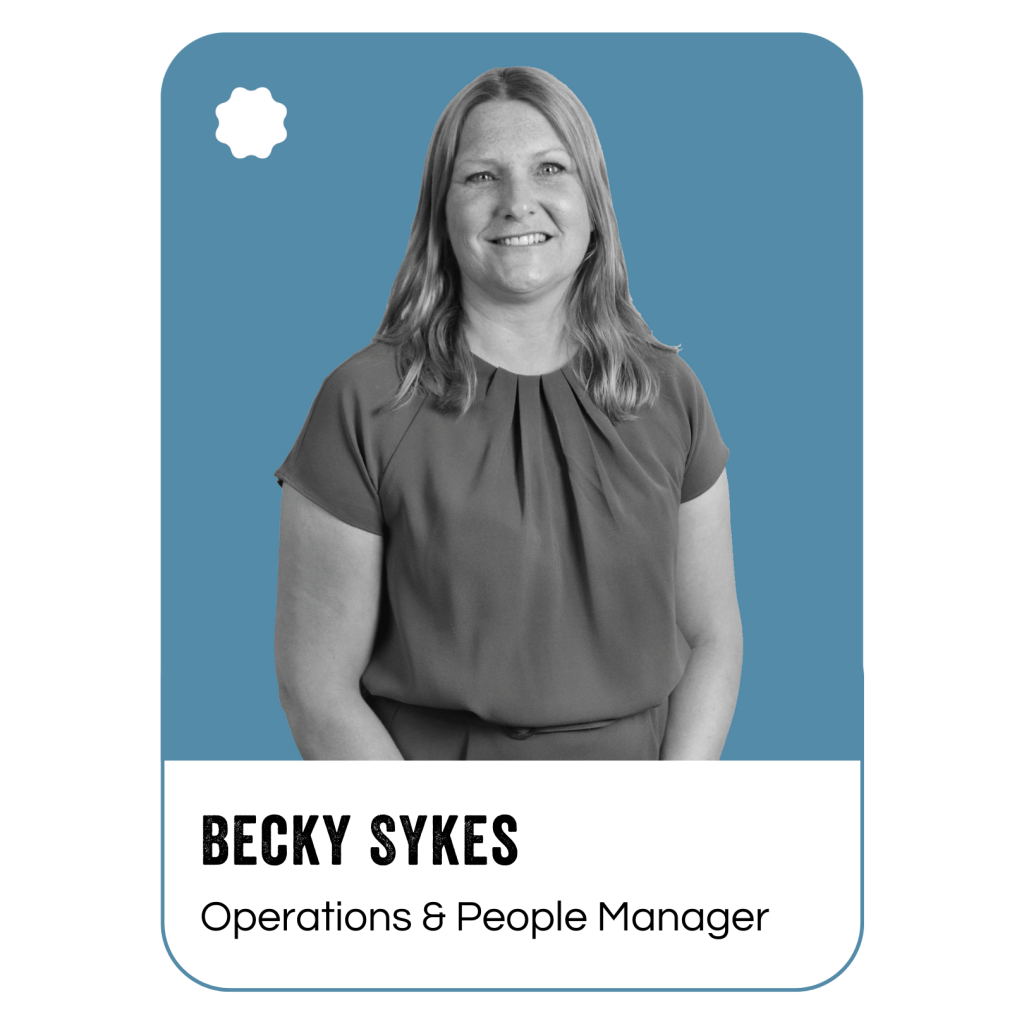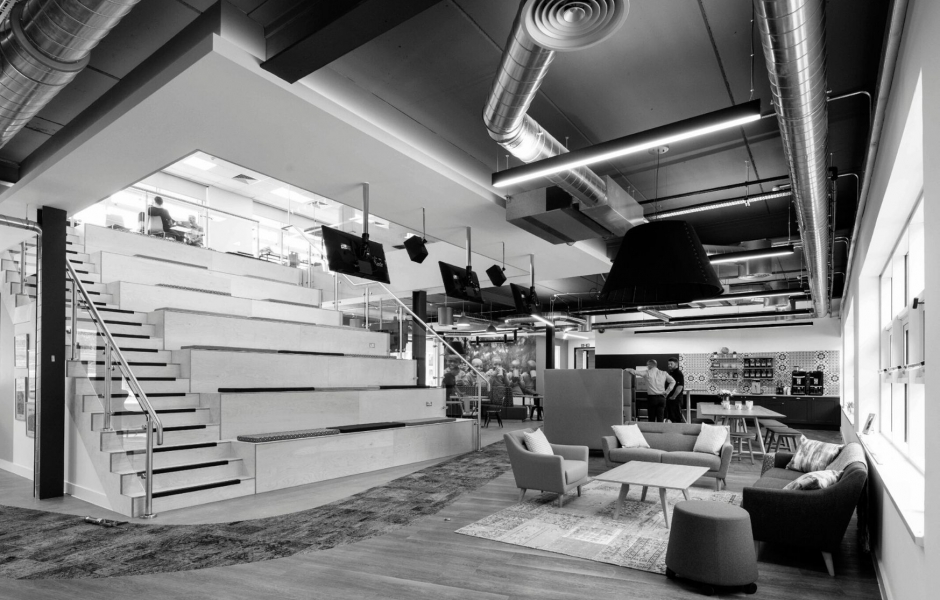
All change for our workplace? Emerging thoughts post C-19 crisis
Adapting to new ways of working was just the start of the seismic impact of the Covid-19 global pandemic on the workplace. The Office of National Statistics says that 30% of UK employees worked from home during 2019 and in first half of 2020 this has risen to over 50% by the end of March 2020. Employees are considering what benefits they wish to seek from the future of their workplaces, prompting demand for change. Businesses need to prepare for inevitable changes in look, feel and pace and ask themselves what is the future of my workplace?
What have we learnt from working from home?
Initial reports have indicated that employees are feeling liberated by their new way of working. They specifically referred to benefits, such as no longer having to endure long commutes and enjoying a healthier work-life balance. This experience has highlighted roles which can be performed remotely, offering HR teams a wider sea into which they can cast their talent pool net. Despite initial benefits outweighing the downfalls of our pre-Covid working styles, further reports have identified that there are significant workplace-centric benefits that are being lost in the world of remote working.
Why? Our current way of working is in response to a crisis. This is our worst-case scenario working model that, despite highlighting areas for improvement, is not ideal for long-term operations. As more reports surface, we are learning of the physical and mental health toll of working from home. Employees are reporting a plethora of aches and pains which could be easily cured with an ergonomic setup. The isolation of remote working has demonstrated that “employees are happier and more productive when they feel a sense of belonging”, Herman Miller, 2016. Casual collisions in the hallway, spur of the moment ideation, and spontaneous social interactions are not easily, or at all, achieved from home via Zoom calls.
The workplace is the hub of interaction and ideation, it showcases the heart of the company’s culture. Our crisis response simply cannot offer a solution that is equal to or better than a workplace for social interactions and creating a team atmosphere. To assume the office is dead in the midst of a global pandemic is to wrongly assume that a crisis response is an innovative model for the way of working for the future.
Can company culture reignite workplaces?
Without physical interaction, it’s feared company cultures will slowly disappear. However, keeping the company culture alive is a worthwhile investment ahead of bringing employees back to the workplace.
Research published by lattice.com has highlighted that 94% of executives and 88% of employees believe a distinct corporate culture is important to a business’ success. Maintaining company culture during this period is a two-pronged process. Firstly, communication is key. Regular interaction with employees to remind them of their value and supporting them will keep company culture alive. Secondly, the visual impact (or lack of) should be reviewed. Creating a personalised, on-brand welcome message or displaying your brand’s core values will reignite your company’s culture in the hearts of your employees upon their return.
What does the future hold for the workplace?
Pre-Covid, we saw workplaces making micro progressions toward the future. The adoption of innovative technology to enable global collaboration, for example, is one of the many steps taken in the last 10 years that has enabled remote working and set us up to continue working through this pandemic. However, due to the outbreak of Covid-19, we expect macro progressions will reverberate across workplaces around the world. The workspace will change for the better, providing the right working model is fostered.
Environment, wellbeing, technology and culture are the core pillars of the positive workplace. However, with macro-progressions we expect these pillars will be aided and further defined by four supporting factors in workplace design; brand experience, collaboration, flexibility and wellbeing. Working in parallel with the positive workplace model, these contributing considerations will shape the future of workplace design. The workspace experience will be the key draw for remote workers; those who want to come back, and those reluctant to. Creating workspaces they feel safe in is just the start; it’s important to give them experiences they lack when working from home. This includes spaces that inspire collaboration and brand immersion. Workspaces need to not only encourage but also embrace collaboration by creating spaces that foster innovative thinking and ideation. Open, shared spaces are ideal settings for interactive working while maintaining a healthy distance. Though, it is important HR teams ensure businesses promote flexibility. Cited as one of the benefits of working from home, giving your employees the choice to work from the location that suits them best is integral. Businesses must embrace this as much as possible as employees’ needs can change daily depending on a host of internal and external factors. The workplace will also support this by having a variety of different work setting for employees, both private and exposed so they can work flexibly.
Wellbeing is where we expect to see the highest demand for macro progressions from employees. Whether working remotely or in the office, it is the responsibility of the organisation, not the employee, that wellbeing needs are met. For remote working, employees should be equipped with ergonomic chairs, laptop/device stands and suitable programmes that enable virtual working. In the office, consider what improvements could be made to the design of your workplace which encourages positive wellbeing. Improving air quality, introducing natural light, and embracing biophilia are examples of small but effective changes. If you’re working with a low budget, investing in a regular fruit bowl service, yoga sessions twice a week, or a movement-based initiative will promote good health and productivity. Finally, ‘social infrastructures’ should be defined in your workplace. Organisations should focus on creating spaces that are separate for work and play. Specifically designed social spaces give employees the autonomy to make opportunities to connect with colleagues and build valuable relationships away from their desks.
More than ever, businesses need to rely on the workspace experience, enhancing wellbeing and culture of collaboration to ensure employees can and want to return to workplaces. According to the Leesman Index these changes could “empower employees to feel ownership over what they do, where they do it from and when they do it.”
Effective models for future workplaces will take the following points into serious consideration. When designing an office fit-out or redesign, it’s important to:
- Support multidisciplinary collaboration
- Embrace choice over ways of working
- Encourage challenging ideas openly
- Create spaces for focused work
- Allow for easy to use and easily accessed equipment and technology.
- Develop a sense of customer experience and brand immersion
- Offer socialisation, fostering a healthy environment for onboarding and talent attraction
- Factor in wellbeing
Despite the benefits of working from home, the workplace is the heart of your business and is a resource for your employees. It supports a sense of purpose, provides choice and variety, empowers your staff and inspires playful innovation.
How to prepare for the future: A case study from Haines Watts
Preparing for the future of the workplace starts now. Haines Watts have positively adapted their response to the Covid-19 crisis by keeping their company culture alive through social interaction, collaborative working and taking care of employee wellbeing. Here’s an excerpt from their case study by Daniel Morgan, Managing Partner of Haines Watts, Esher on preparing for the future.
‘We introduced our first ever staff pulse surveys, so we could gather fact-based intelligence on how our people were really coping and the challenges they were facing. These have proved invaluable. For example, one of the issues we hadn’t fully appreciated early on, was that many of our younger staff are flat or house sharing and this creates challenges around privacy, decent Wi-Fi, desk space etc. It helped our managers understand the constraints their teams we operating under and we could then work on alternatives to support these people.
Crucially, the feedback we got from our people has helped inform our return to work plan and protocols. So, what does ‘return to work’ look like? From the outset, we took a view that ‘business as usual’ will be very different in the future. The world has changed, we have changed, and the work experience will be forever changed. When we began to plan for a return to work, our primary concern was how to provide a safe space for our people. We conducted detailed workplace assessments and mapped out capacity, protocols and timelines for return to work in conjunction with Blue Jelly.
Our pulse surveys had told us that many staff have found a better work-life balance during lockdown and for these staff there is a real desire not to return to five days in the office. At the same time, we have people who have struggled either because of practical issues or mental wellbeing. We also have a lot of new starters, many of whom are in their first jobs and need mentoring and exposure to wider teams – arguably these groups need to be prioritised for a return to the office. For me, the key learning is that there is no longer a one-size-fits-all policy for where people work and how. We must acknowledge individual circumstances and differences across our workforce. We need to be able to offer an environment, culture and dynamic that accommodates all our people but continues to deliver for our business.’ Read the whole case study here
The future is now
Considering “human beings are neurologically wired to seek positive social experiences”, if nothing else, our instinctive desire to socialise will bring us back to workspaces. As the shine wears off our way of working in response to the current global crisis, we will see more people returning to the work to connect with colleagues at the very least. However, positive workplace experiences, a culture of collaboration and adaptive flexibility will keep employees coming back to the modern workplace, even those who are initially reluctant.
Do you need help to get your workplace ready for the post pandemic landscape? Get in touch today to find out how Blue Jelly can assist you with creating a flexible, safe and inspiring workplace whilst ensuring employee wellbeing is paramount.


